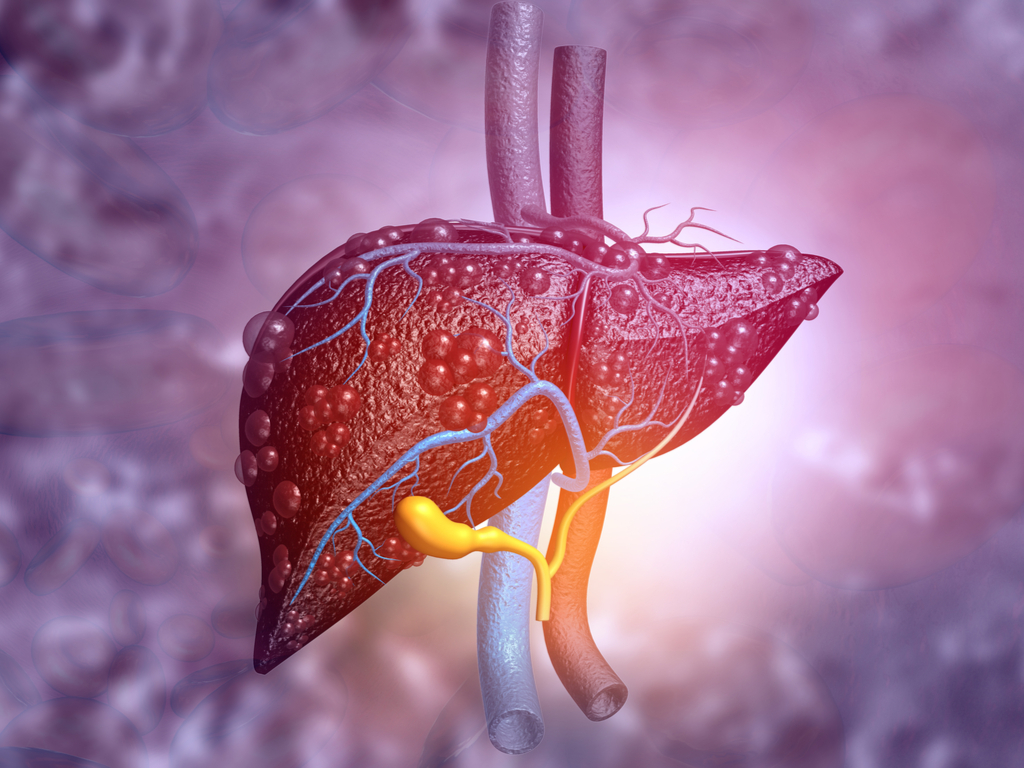When you buy through linkup on our site , we may earn an affiliate mission . Here ’s how it put to work .
This work is proof " of the ability to mature a functional gadget jump from asingle cell , " say study senior author Lingchong You , a semisynthetic biologist at Duke University in Durham , North Carolina . " This procedure is analogous to programming a cadre to grow an intact tree . "
Nature is full of examples in which living thing create social structure by combining organic and inorganic materials . For instance , mollusks grow shield and humans grow bones by weaving atomic number 20 - base mote with organic components . [ Magnificent Microphotography : 50 Tiny wonder ]

A demonstration of the pressure sensor built by bacteria in action as a researcher taps out some Morse code.
The ability to usebacteriato fabricate devices could have many reward over current manufacturing processes , You and his colleagues pronounce . For instance , biological fabrication uses raw materials and energy very expeditiously and is typically environmentally favorable , they said .
former research successfully used bacteria to assemble devices that incorporated metallic components and other inorganic parts . In a 2014 studypublished in the journal Nature Materials , scientists at MIT and their colleagues weave bacteria and inorganic components , such asgold particlesand microscopic watch glass , into hybrid materials that could emit illumination or conduct electricity .
However , in that 2014 study , the bacteria still needed outside sweet-talk for assemble social structure . Now , scientist have figured out a way to genetically programme bacteria so they manufacture gimmick on their own .

A demonstration of the pressure sensor built by bacteria in action as a researcher taps out some Morse code.
The new discipline ’s research worker incorporate a series of synthetical genes intoE. coli , amicrobe that ’s common in the human gut . These genes wreak together a bit like the components of an electronic circuit to carry out a curing of biological instructions .
Colonies of the bacteria grew into domed stadium - like structures . The researchers could alter the size and shape of the colonies by moderate the attribute of the holey membrane they grew on . For instance , changing the size of the stomate or how much the membranes rebuff water act upon how many nutrients could give the microbes and thus alter their growth pattern , according to the study .
The cistron lap in the bacterium also had the microbes bring forth a protein that latch onto specific inorganic compounds — in this case , microscopic gold particle . This caused the bacteria to create prosperous shells about the sizing of an average lentigo , the researchers said .

These fortunate shells could be used as pressure sensors , consort to the scientist . The researchers used Cu wires to link up aureate noodle withLEDs . When pressure level was applied to a dome , that contortion increase its electrical conductivity , leading the LED connect to it to brighten a sure amount depending on the amount of pressure apply .
" To me , the most surprising and exciting part of the research was that the pressure sensor worked so well , " You allege . " When we first come up with the mere design , we thought the body structure would be too fragile , such that the whole machine could collapse after a individual push . Yet it turned out that the composite structures were quite resilient . The pressure sensor worked upon many rounds of press . "
The investigator accentuate that they could potentially invent far more than just pressure sensors with bacteria . " We could utilize biologically responsive textile tocreate life circuits , " study lead generator Will ( Yangxiaolu ) Cao , a postdoctoral investigator at Duke University , said in a instruction . " Or , if we could keep the bacteria alive , you could imagine make stuff that could mend themselves and answer to environmental changes . "

The researchers caution that biofabrication by genetically modified cell is in its infancy . " The operation is certainly wordy and call for rattling proficient know - how , and the result pressure sensor would be cumbersome in comparison to commercially available ones , " You say .
Still , " what the work demonstrates is a essentially new attack to assemble integrated materials , " You said . This strategy has the potential difference to foregather materials that can reply to multiple signals , " adapt to the environment , and self - heal , much like materials assembled by biologic organism in nature — for example , tooth , bones . "
Future inquiry will aim to use bacteria to fabricate more diverse structure , You said . Heand his colleague detailed their finding online today ( Oct. 9 ) in thejournal Nature Biotechnology .

Original clause onLive Science .














